Our Solutions, An Element of Your Charms
By Vivian Xiao
In April 2018, at the invitation of one of KONCAI’s partners, a big cosmetics brand in Japan, several KONCAI people went to Japan for a six-day business journey. On the sidelines of business, they visited landmark and symbolic spots in Honshu Island, such as Osaka Castle Park, Kyomizu Temple, Shinsaibashi, Mount Fuji, Tokyo Imperial Palace & Nijubashi Bridge etc..
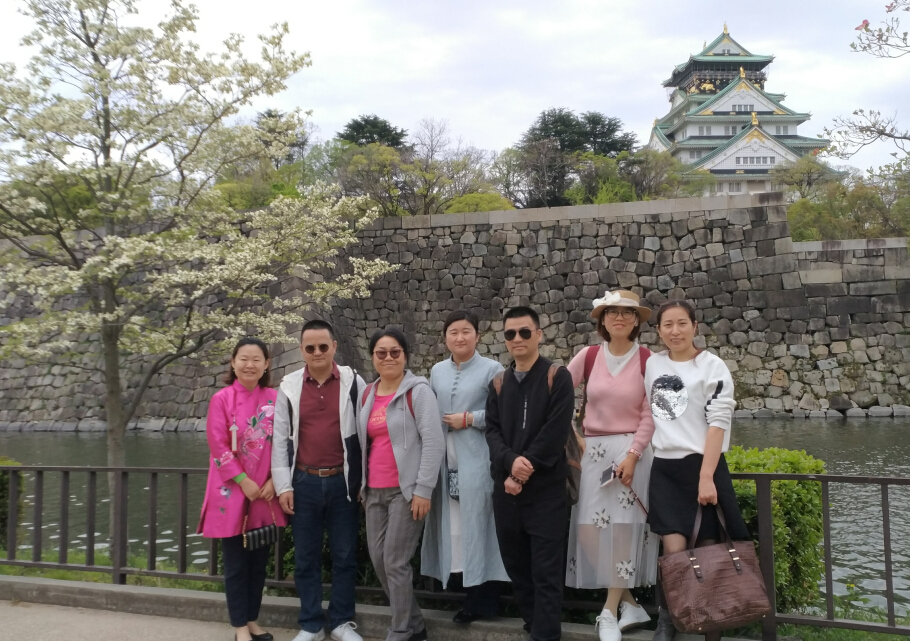
History and Symbol
‘Regarding Kyomizu Temple, Mount Fuji, Tokyo Imperial Palace & Nijubashi Bridge, almost everyone in the world knows them. Each of them enjoys a high global reputation.
Kyomizu Temple was built in 778. It is the oldest temple in Kyodo and has been inscribed in the World Heritage List in 1994 by UNESCO.
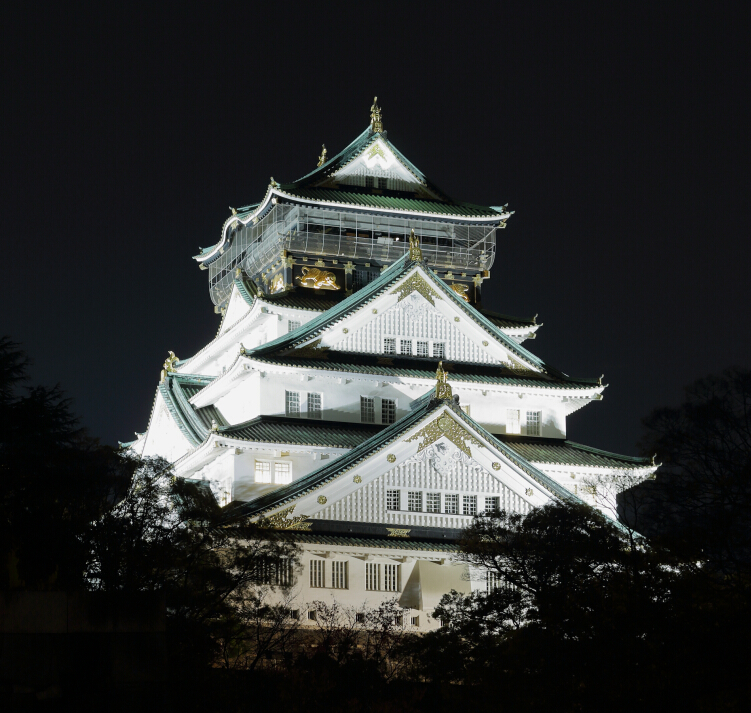
Nijubashi Bridge crosses the moat to the inner grounds of Tokyo Imperial Palace. It is the most photographed scene in Japan. It was a western-styled, elegant double arched bridge with a row of four-leafed clovers carved into the railings. The beautiful bridge was affectionately nicknamed "Eyeglasses bridge" by the townspeople because the bridge, with the reflection of its two stone arches in the water, looked like a pair of glasses.

Mount Fuji is the highest mountain in Japan. It is also one of Japan's "Three Holy Mountains" along with Mount Tate and Mount Haku. Mount Fuji's exceptionally symmetrical cone, which is snow-capped for about 5 months a year, is a well-known symbol of Japan and it is frequently depicted in art and photographs, as well as visited by sightseers and climbers. Mount Fuji lies about 100 kilometers (60 mi) south-west of Tokyo, and can be seen from there on a clear day.
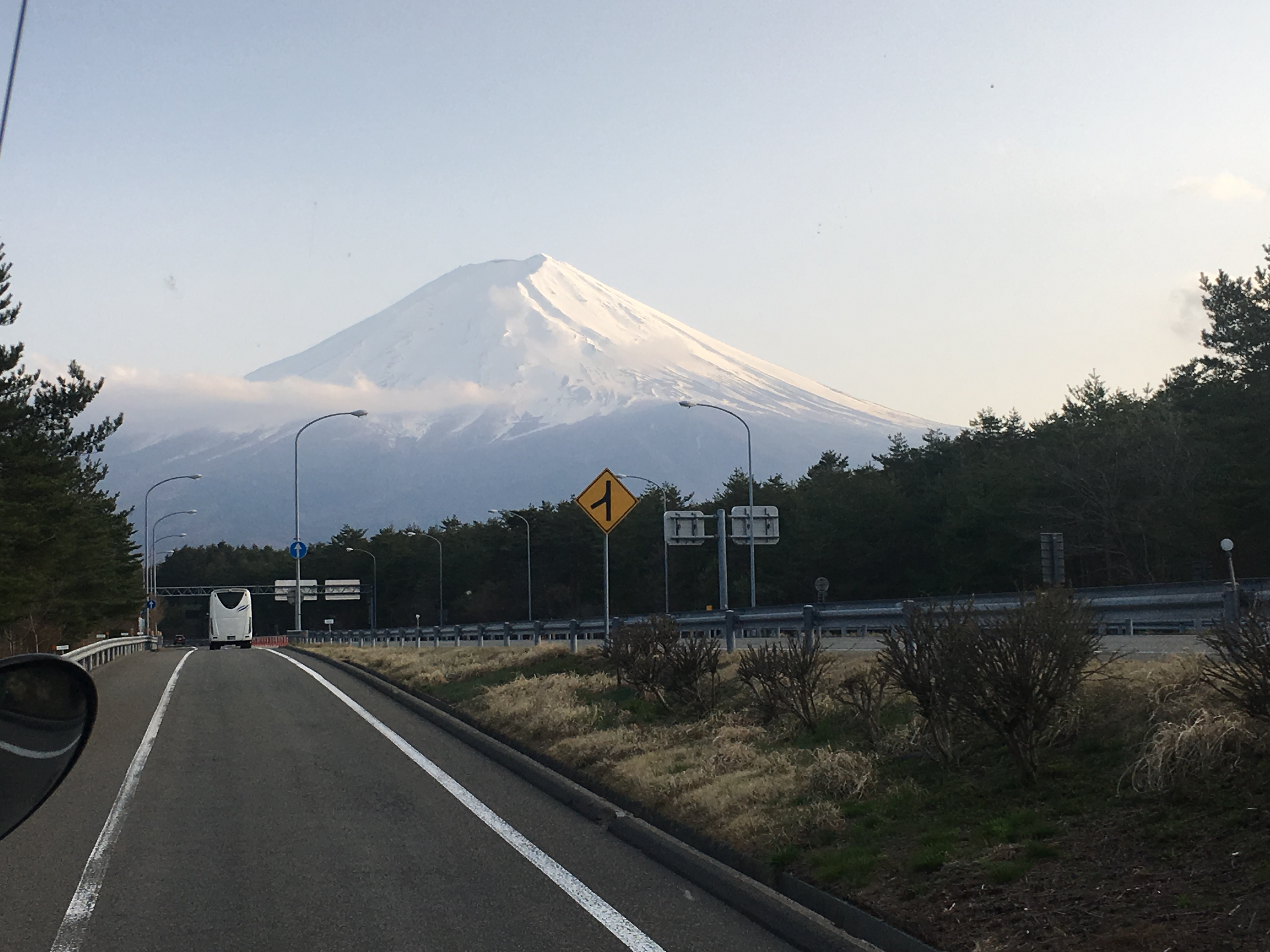
Shinsaibashi was originally a much loved, landmark bridge that spanned the Nagahori-gawa canal. In 1622, the original 35 metre long and 4 metre wide wooden bridge was built by Shinsai Okada, who dug the Nagahori-gawa canal. The bridge was named after its builder.
In 1964, the Nagahori-gawa canal was reclaimed to become a road, the bridge taken down, and the carved railings and the lamps from the stone bridge were used in the construction of other buildings. Nowadays, Shinsaibashi is a district in the Chūō-ku ward of Osaka, Japan and the city's main shopping area. Major stores and boutiques concentrates are found around the area. Amerika-mura and Dōtonbori are also around there.
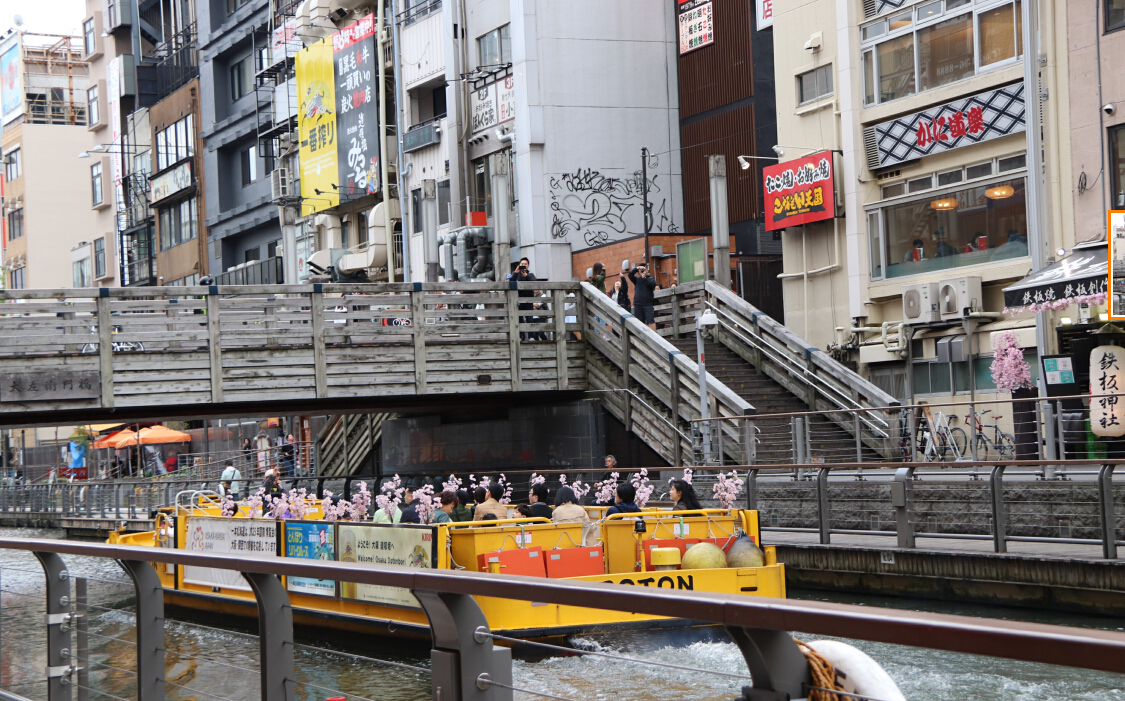
Dōtonbori or Dōtombori is one of the principal tourist destinations in Osaka, Japan, running along the Dōtonbori canal from Dōtonboribashi Bridge to Nipponbashi Bridge in the Namba district of the city's Chuo ward. Historically a theater district, it is now a popular nightlife and entertainment area characterized by its eccentric atmosphere and large illuminated signboards.
One of the area's most prominent features, a billboard for confectionery company Glico displaying the image of a runner crossing a finishing line, is seen as an icon of Osaka within Japan.

Osaka Castle and Time Capsule
Osaka Castle Park was built to mark Emperor Showa Hirohito’s accession to the throne. It is built on two raised platforms of landfill supported by sheer walls of cut rock, using a technique called Burdock piling, each overlooking a moat. The central castle building is five stories on the outside and eight stories on the inside, and built atop a tall stone foundation to protect its occupants from attackers.
It had been destroyed for many times since it was built and through WWII. In 1997, 2-year restoration project was completed. The castle is a concrete reproduction (including elevators) of the original and the interior is intended as a modern, functioning museum.
Apart from the castle, time capsule is another feature in the Osaka Castle Park. Two capsules are made of reinforced stainless steel in 1970 and placed beneath the earth. On their surface engraved “Time Capsule Expo’ 70 No.1” and “Time Capsule Expo’ 70 No.2”. In the capsule, there were 29 boxes, containing 2098 representative collections of the time, such as plant seeds, cloth, hi-tech products. Those articles embodying all works of life such as society, culture, art, nature, science etc. are well preserved for future study. Capsule 1# won’t open until the year of 6970, while Capsule 2# will open every decade to check contents inside.
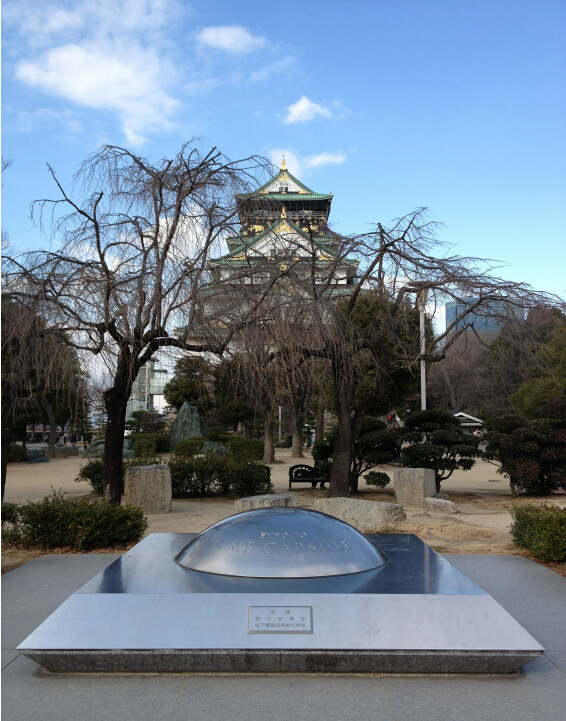
The time past, as cherry blossom blooms
The cherry blossoms are in full bloom with the coming of April. They burst into bloom, then fall fleetingly and gracefully. It is important parts of the reason why Japanese people love cherry blossoms. People also love HANAMI (it means basically watching flowers). Both Osaka Castle Park and Kyomizu Temple are a popular spot during HANAMI seasons.
Bathed in the pleasurable sunshine in spring, people sit or stand under the Sakura trees. Looking at flower watchers and scenery, you can’t help crying “What a beauty!”
With time running, there are always people favored by time capsule. Their charms are, like time capsule, never gone. Some never grow old, while some others look graceful, profound, intelligent indeed in spite of their age.

From 2010, Shenzhen Koncai Aluminum Cases Ltd is dedicated to provide cosmetics organizer solutions for professional make-up artists, hair dressing artists and nail artists etc. in beauty industry. Our solutions, an element of your charms!


